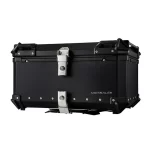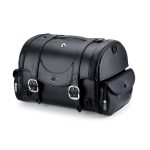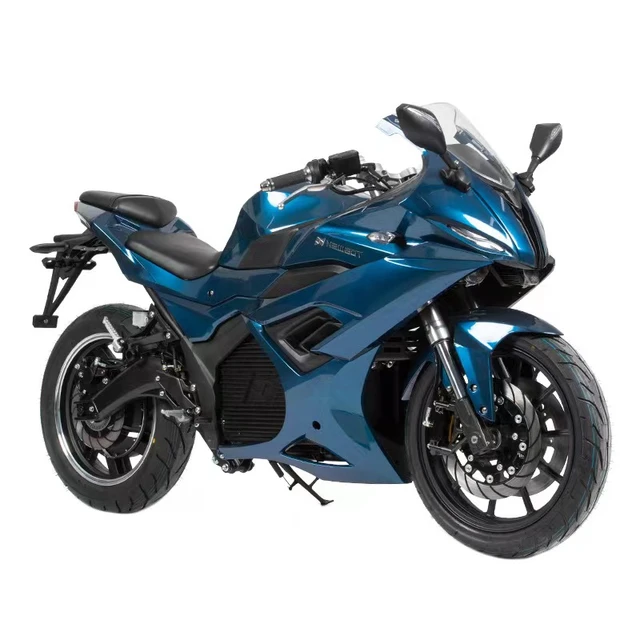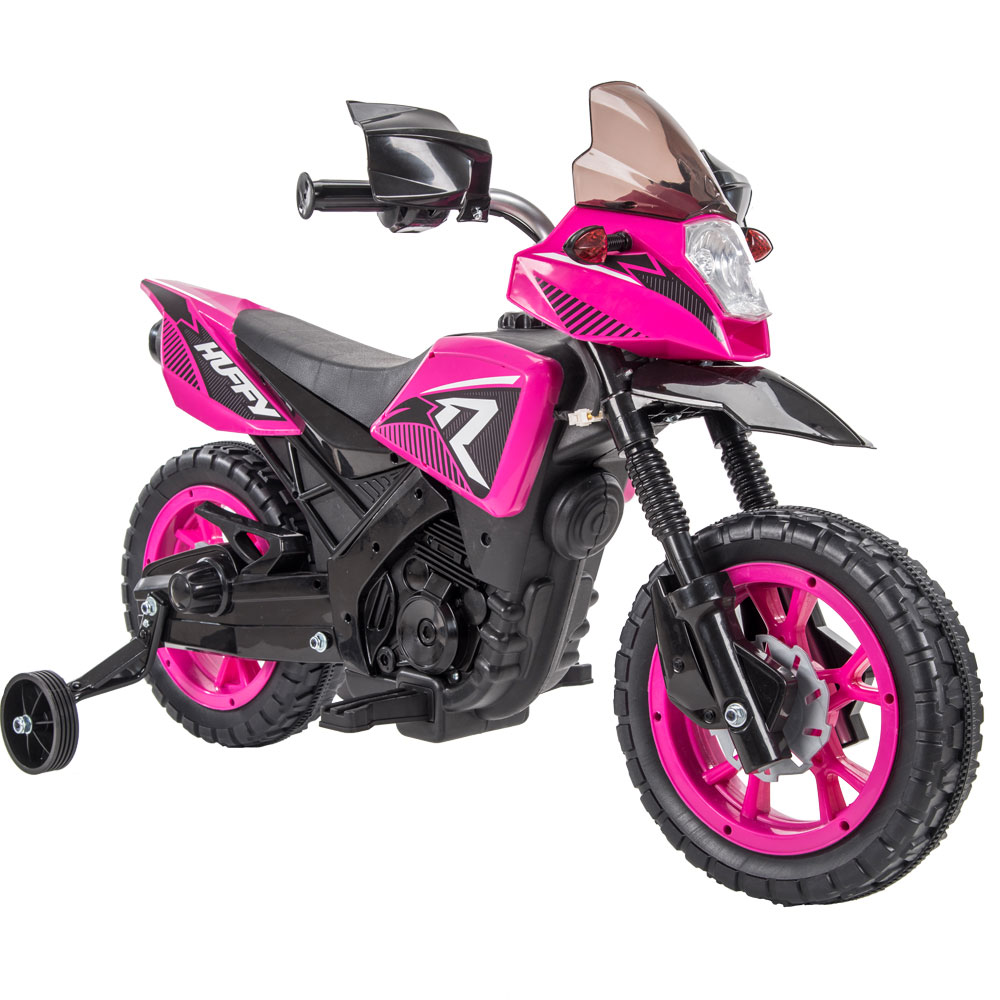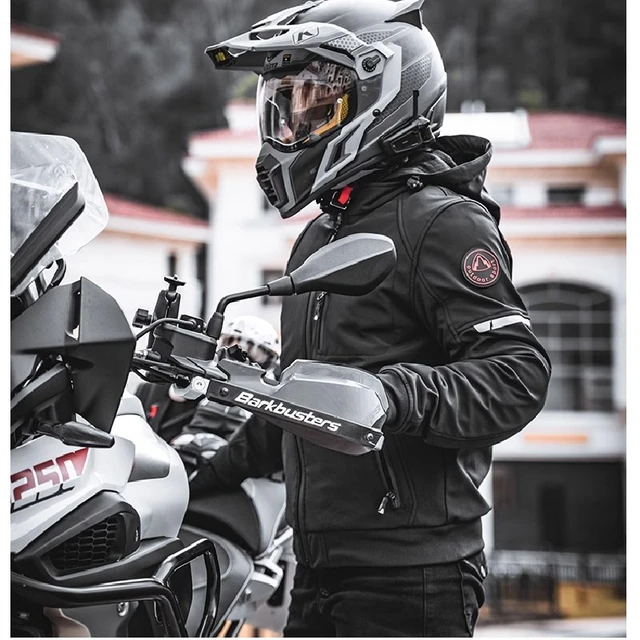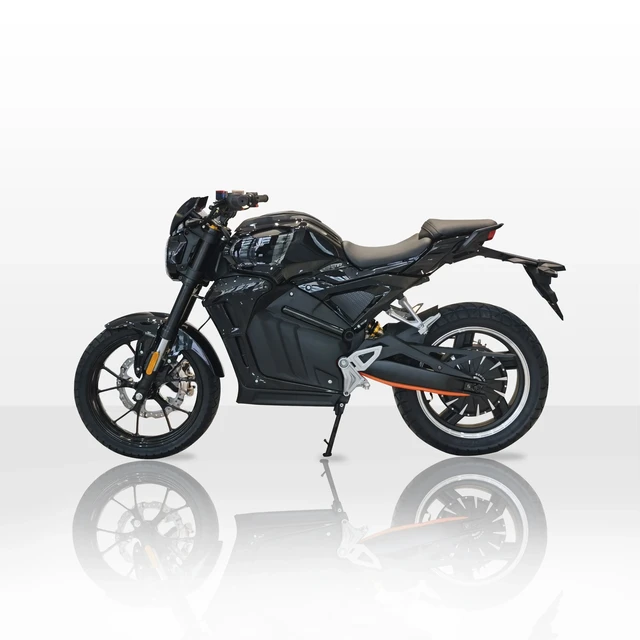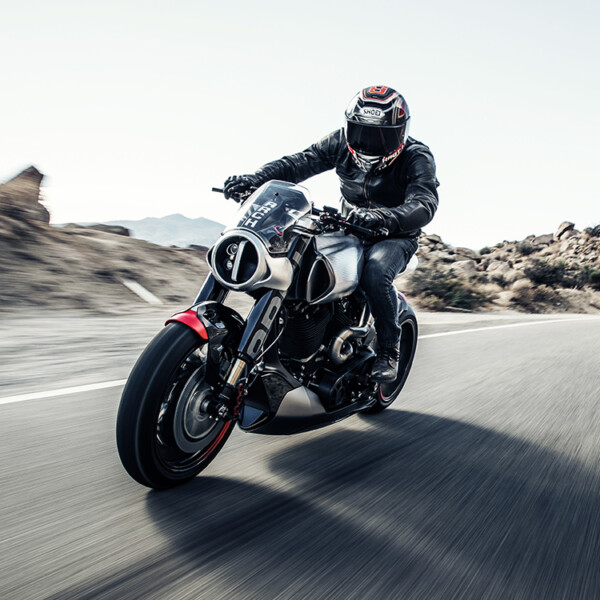Introduction:
Knowing how to push start a motorcycle can be an essential skill for any rider, especially when faced with a dead battery or a malfunctioning starter. This comprehensive guide will walk you through the detailed steps, safety considerations, common challenges, and tips to successfully push start your motorcycle. By understanding the specifics, you can confidently handle such situations when they arise.
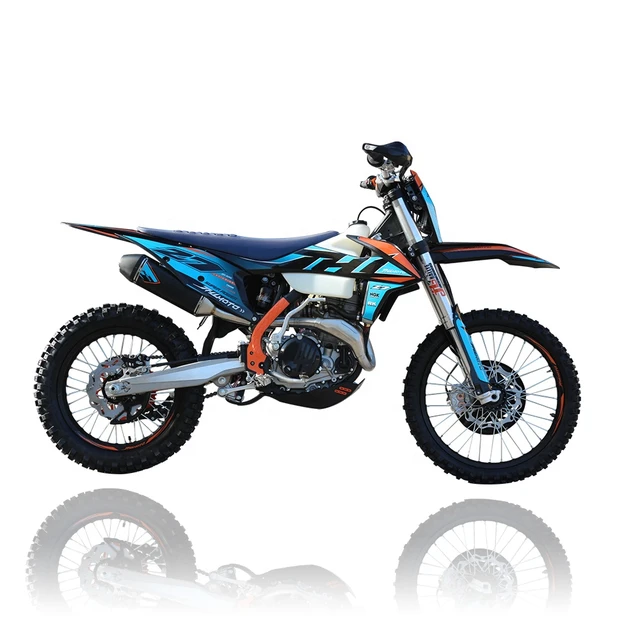
Revive the Ride: Mastering the Art of Push-Starting Your Motorcycle!
Understanding the Basics of Push Starting
Push starting a motorcycle, also known as bump starting or jump starting, is a method used to start the engine using the bike’s momentum. This technique is generally used when the battery is too weak to start the engine, or the starter motor isn’t functioning correctly.
Mechanical Principle: Push starting involves pushing the bike to gather momentum and then engaging the clutch and putting the bike in gear to crank the engine. The momentum generated by pushing the bike allows the engine to turn over, igniting the fuel and initiating combustion.
Importance of Momentum: The key to a successful push start is building enough speed to turn the engine. The bike needs to be moving at a sufficient pace to generate the required force to start the engine when the clutch is released.
Situations Requiring Push Start: Common scenarios include a dead battery, malfunctioning starter motor, or issues with the ignition system. Push starting serves as a temporary solution to get the bike running until a more permanent fix can be addressed.
Preparation Before Push Starting
Before attempting to push start your motorcycle, it’s crucial to prepare adequately to ensure safety and enhance the chances of success.
Check the Battery: Ensure the battery connections are secure and free from corrosion. While the battery might be weak, ensuring the connections are intact can sometimes resolve the issue without needing a push start.
Inspect the Surroundings: Choose a flat, open space with enough room to push the motorcycle safely. Avoid areas with heavy traffic, steep inclines, or slippery surfaces that could pose hazards during the process.
Secure Safety Gear: Wear appropriate safety gear, including a helmet, gloves, and sturdy footwear. Push starting involves physical exertion and can be risky; proper gear minimizes the risk of injury.
Engage Neutral Gear: Ensure the motorcycle is in neutral gear before you begin pushing. This step is essential to build momentum without additional resistance from the engine.
Prepare the Clutch and Ignition: Turn the ignition to the ‘on’ position and make sure the kill switch is set to ‘run’. Pull in the clutch lever and keep it engaged to ready the bike for the starting process.
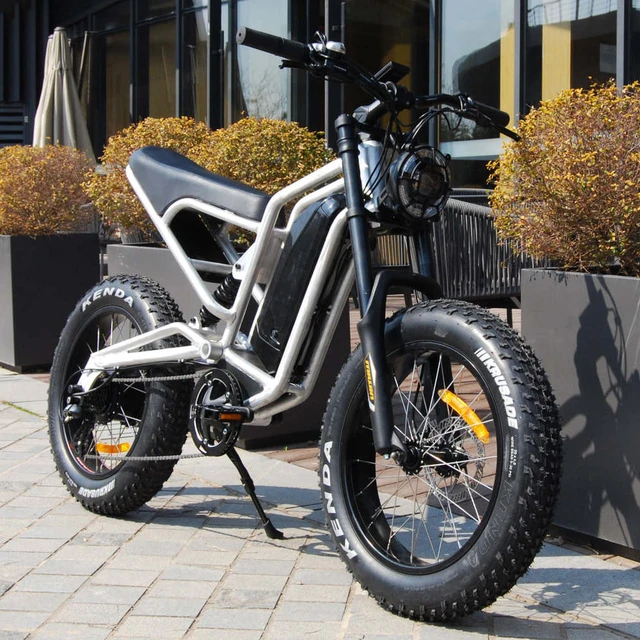
Steps to Push Start a Motorcycle
Following a systematic approach increases the likelihood of successfully push starting your motorcycle. Here’s a step-by-step guide.
Step 1: Build Momentum
Begin by pushing the motorcycle while seated or standing next to it. It’s easier to push the bike if you have help, but it can be done alone with sufficient effort. Aim for a brisk walking or jogging pace.
Step 2: Second Gear Engagement
While pushing, keep the clutch lever pulled in and shift the bike into second gear. First gear can be too abrupt, making it harder to control the bike when the engine starts.
Step 3: Release the Clutch
Once you’ve gathered enough speed, quickly release the clutch while simultaneously giving the throttle a slight twist. This action engages the transmission and uses the bike’s momentum to turn the engine over.
Step 4: Regain Control
As the engine starts, immediately pull the clutch back in to prevent the bike from jerking or stalling. Steady the bike and control the throttle to keep the engine running.
Step 5: Riding or Stopping
If the bike starts successfully, continue riding to charge the battery or move to a safe place where you can address the issue further. If the bike doesn’t start, repeat the process, ensuring you maintain enough speed and control.
Safety Considerations to Keep in Mind
Push starting a motorcycle involves certain risks. Prioritizing safety reduces the chance of accidents or injuries during the process.
Choose a Safe Environment: Always opt for a safe environment with minimal traffic and obstacles. An open parking lot or a wide, empty street is ideal for push starting a motorcycle.
Avoid Steep Inclines: Pushing a bike uphill is significantly more challenging and riskier. If downhill assistance is used, ensure the slope isn’t too steep and control is maintained at all times.
Use Proper Technique: Maintain an upright posture while pushing to prevent straining your back. Use your legs and core muscles for strength rather than relying solely on your arms.
Stay Aware of Surroundings: Constantly be aware of your surroundings, including potential obstacles, pedestrians, or vehicles. This vigilance ensures you can react quickly if necessary.
Enlist Help: If available, enlist the help of a friend or fellow rider. Having assistance can make the push starting process easier and safer.
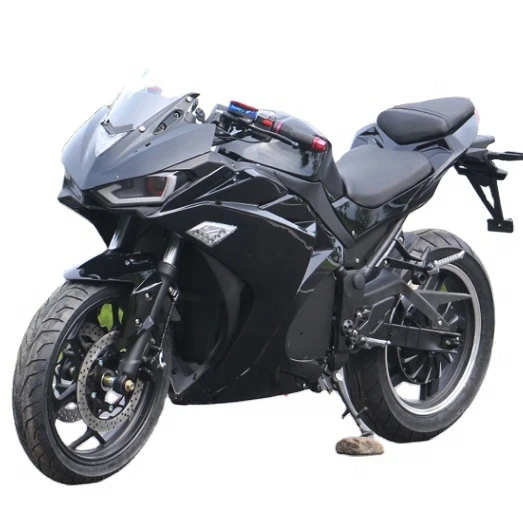
Common Challenges and Troubleshooting
Even with proper preparation and technique, push starting a motorcycle can sometimes be challenging. Understanding common issues can help troubleshoot effectively.
Insufficient Speed: One of the most common challenges is not achieving enough momentum. Make sure the bike reaches a brisk walking or jogging pace before attempting to engage the clutch.
Mechanical Issues: Persistent failure to start could be due to underlying mechanical problems such as a faulty ignition system, clogged fuel lines, or significant engine issues. If push starting fails repeatedly, a thorough mechanical inspection is necessary.
Incorrect Gear: Using the wrong gear can hamper the process. Always use second gear to ensure a smoother engagement. First gear can be too abrupt, while higher gears might not provide enough torque.
Timing the Clutch Release: Timing is crucial in the push starting process. Ensure you release the clutch quickly and smoothly while maintaining a slight throttle twist to avoid stalling.
Battery Issues: A severely drained or faulty battery may still prevent the bike from starting even with push starting. Ensure the battery connections are secure and consider recharging or replacing the battery if necessary.
Alternatives to Push Starting
If push starting isn’t feasible or unsuccessful, alternative methods can help get your motorcycle running.
Jump Starting: Jump starting involves using an external power source, such as another motorcycle or a car battery, to boost the motorcycle’s battery. Ensure the voltage and connections are compatible to avoid damage.
Portable Battery Packs: Portable battery packs designed for motorcycles can provide the necessary power boost to start your bike. These packs are compact, easy to carry, and can be a lifesaver in emergencies.
Battery Replacement: If the battery is severely drained or damaged, replacing it with a new one might be the most effective solution. Ensure the replacement battery is compatible with your motorcycle’s specifications.
Professional Assistance: If mechanical issues or repeated failures occur, seeking professional assistance from a mechanic or roadside service is advisable. They can diagnose and address any underlying problems effectively.
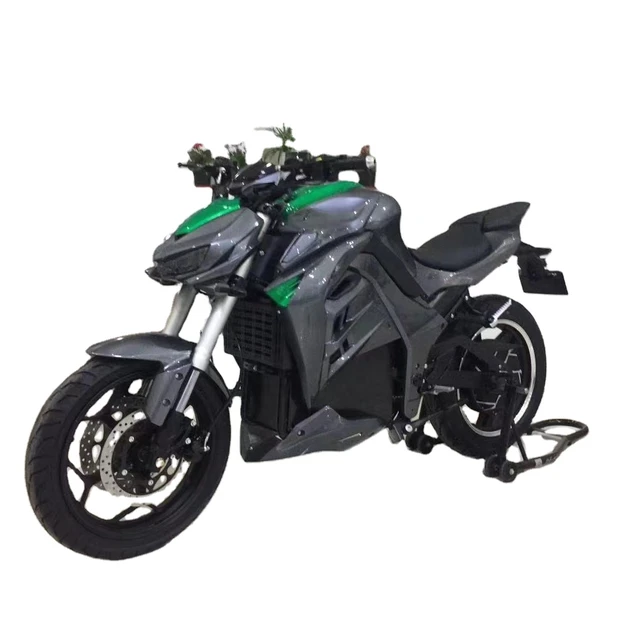
Long-Term Solutions and Preventive Measures
Regular maintenance and preventive measures reduce the likelihood of needing to push start your motorcycle.
Regular Battery Maintenance: Keep the battery terminals clean and free from corrosion. Regularly check the battery’s charge level and recharge as needed to ensure it remains in good working condition.
Scheduled Inspections: Regular inspections by a professional mechanic can identify potential issues before they become significant problems. Routine maintenance ensures all components, including the starter motor and ignition system, are functioning correctly.
Proper Shutdown Procedures: Always follow proper shutdown procedures, including turning off the ignition and lights, to prevent unnecessary battery drain. Avoid leaving electronic accessories plugged in when the bike is off.
Spare Key Management: Carry a spare key and ensure it’s properly programmed for bikes with electronic locks or immobilizers. Losing the main key or having a malfunctioning key can affect starting the bike.
Seasonal Storage Precautions: If storing the bike for an extended period, consider using a trickle charger to maintain the battery charge. Prepare the bike appropriately for storage to prevent mechanical issues when it’s time to ride again.
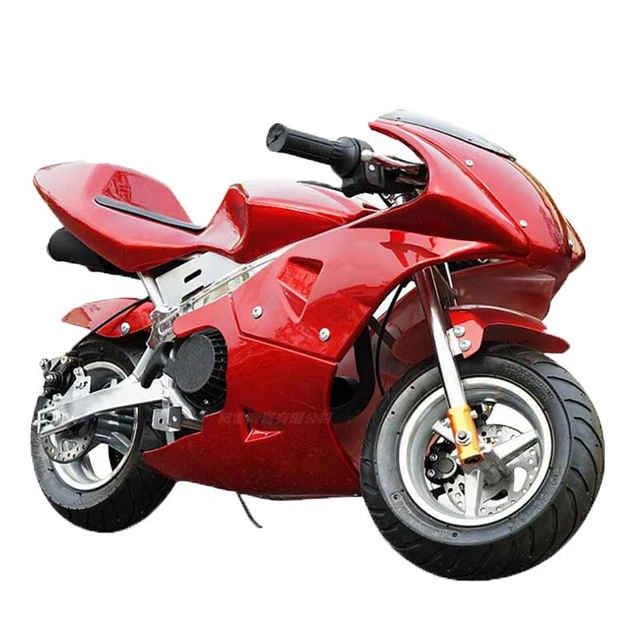
Understanding Your Motorcycle’s Specifics
Different motorcycles might have unique nuances when it comes to push starting. Familiarizing yourself with your specific model helps in executing the process more efficiently.
Read the Manual: Refer to your motorcycle’s owner manual for any specific instructions or considerations regarding push starting. Manufacturers often provide useful tips and precautions tailored to their models.
Know Your Bike’s Behavior: Understanding how your bike typically behaves can help identify when something is off. Familiarity with the sounds, vibrations, and usual starting process aids in diagnosing issues more accurately.
Fuel System Check: Ensure your bike has sufficient fuel and that the fuel system is working correctly. Issues like clogged fuel lines or faulty fuel pumps can impede the starting process.
Electronic Systems: Modern bikes are often equipped with various electronic systems. Knowing how these systems integrate with the starting process, including any reset or bypass procedures, can be vital.
Conclusion
Successfully push starting a motorcycle involves understanding the process, preparing adequately, and prioritizing safety. While it serves as a valuable skill for riders facing a dead battery or starter issues, regular maintenance and preventive measures are critical in minimizing such occurrences. By following this comprehensive guide, riders can confidently handle situations requiring a push start, ensuring they are well-prepared for any challenges on the road.

